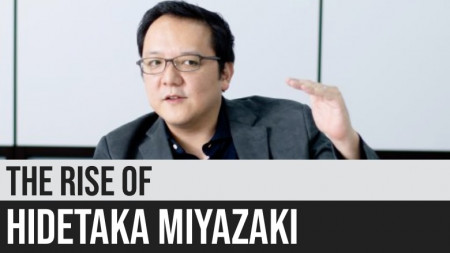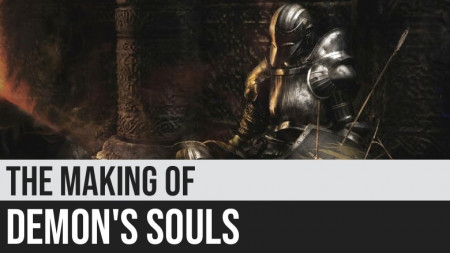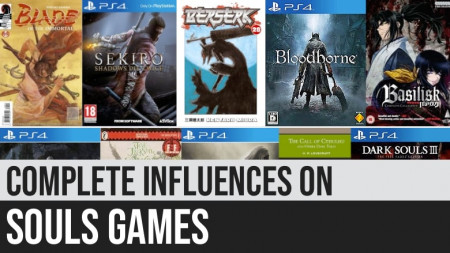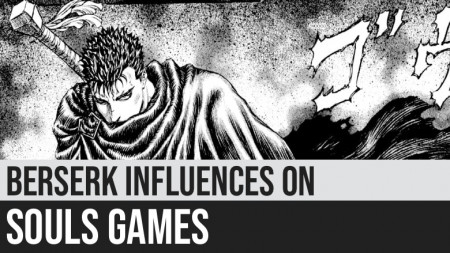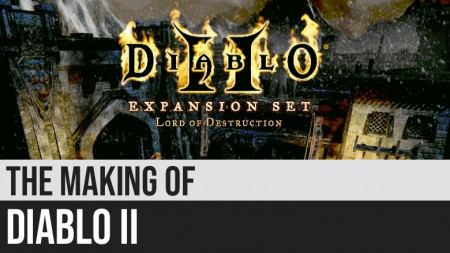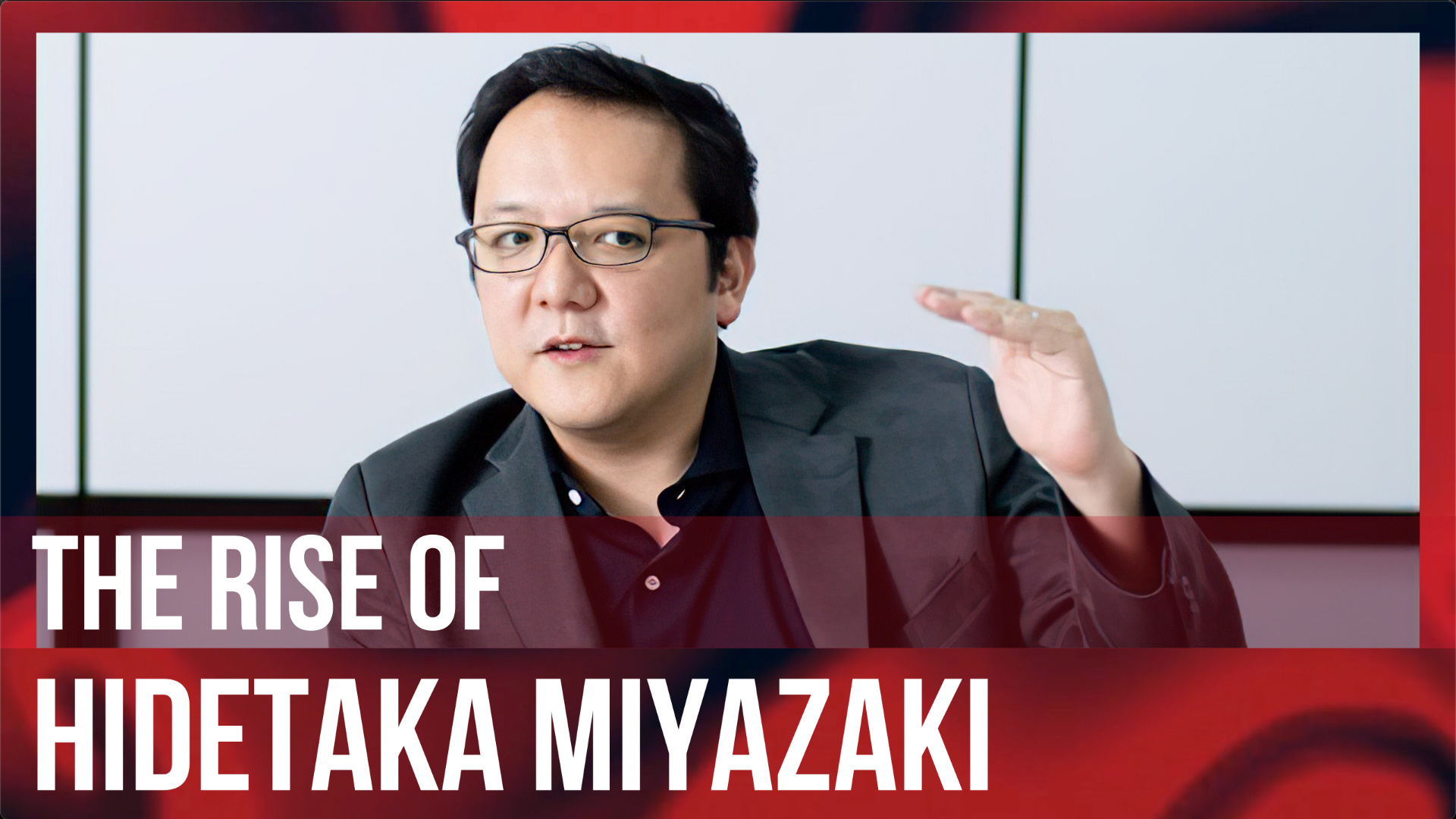
Game Design: Combat as Dance
7 Combat as Dance
The goal is to have the player experience strategic and engaging combat with the enemy, a dance where rhythm, observation, and reaction play the biggest roles in the outcome of the fights.
Experiencing the whole fight and the full extent of the combat mechanics is more important than winning because the fight is the game (3.1.1 The Challenge is the Game).
7.1 Engaging Combat
Combat is the most important visible aspect of the game.
It is crucial that the game gets this aspect right, as the full player experience depends on it.
Combat is also Mechdamon’s strongest candidate for the 1.3.1 Attachment Principle. You can get some aspects of the game as weak or inferior, but never this.
7.1.1 Get Movement Right
The first crucial part of getting Combat correctly has nothing to do with fighting. It begins with getting the movement right.
It should be a delightful experience just to see the hero move. It is what the player sees most of the time.
We also added in 8.6.1 (Fluid Movement) that the movement should be as fluid as possible, and the hero should always be 8.6.1.1 Running by Default when moving.
These two games achieved perfection in getting movement right:
- Ori and the Blind Forest
- Hob
7.1.1.1 Perfect Running Animation
The hero should have a perfect running animation. Before getting anything else right, achieve this first.
It will make or break the game, as this is what the player sees 90% of the time.
7.2 Combat Lock
The Combat Lock is the most important Combat mechanic in the entire game. It is what makes the Dance possible.
7.2.1 Auto Lock-on
The combat in the game is locked on by default.
7.3 Seven-state Combat
The Seven-state Combat, together with the Equaling Principle, is one of the games’ most important and unique principles.
The Seven-state Combat is the foundation of the game’s combat mechanics. It is a collection of seven states that happen when the hero fights an enemy.
- Positioning – the hero and the enemy move relative to each other while locked on.
- Preparing – the enemy initiates an attack on the hero.
- Attack Telegraph – a signal to the hero what kind of attack is coming.
- Attack Windup – a preparatory animation before the attack lands.
- Charging – a form of attack with a guaranteed telegraph, a windup, and a release, while the enemy remains stationary.
- Attacking – the attack lands on the hero.
- Dodging – the hero avoids the attack.
- Rolling – the hero avoids using a roll.
- Dashing – the hero avoids using a dash.
- Countering – instead of avoiding the attack, the hero counters it.
- Blocking – the hero blocks the attack with a shield or a barrier.
- Parrying – the hero counters with a parry.
- Vulnerable State – the enemy enters a vulnerable state.
- Riposte – the hero responds with a highly damaging attack.
- Leading – the enemy performs a set of attacks while in an invulnerable state.
- Invulnerable State – the enemy is immune to damage.
- Finishing – the hero performs the last attack that will defeat the enemy.
Most popular action RPGs include only a subset of the Seven-state Combat. Two games that perfectly contain all the subsets of the Seven-state Combat are:
- Sekiro: Shadows Die Twice
- Furi
Popular isometric action RPGs are even more lacking as they typically don’t have the other Combat states. All they have is Attacking.
To avoid attacks, the hero runs away, with his back facing the enemy, in a state called Kiting. Then the hero attacks again but runs away when the enemy approaches him.
Kiting is impossible to do in the Mechdamon games as Combat is always locked-on. Also, the hero can never run away from enemies as they are unescapable (3.8.1 Unescapable Enemies).
In 6.4.1 (No Reaction-based Difficulty), we discussed in detail how we can solve the inherent problem of countering attacks. By default, it will lead to accessibility issues for most people, as a fast reaction time is needed to do it with 100% consistency.
And we also shared that in Mechdamon, fast motor skill is not needed to overcome Challenges, only understanding and familiarity with the mechanics (6.3 Triumph through Understanding).
The proposed solution, 6.4.1.1 (Exaggerated Attacks), aligns with the Seven-state Combat. The Exaggeration part is actually in the elements of the Preparing state. With the generous usage of Attack Telegraph and Attack Windup, any player can consistently Dodge or Counter any attack.
Mechdamon has a mechanic that categorizes some attacks as:
- Block only attacks – can’t be dodged or parried
- Parry only attacks – can’t be dodged or blocked
- Dodge only attacks – can’t be blocked or parried
The response will typically require a specific item or weapon to be used to properly execute it. This way, though there is much generosity in the timing for the recognition of the attack and for the execution of the response, the player must rely on his mastery of the mechanics to overcome the challenge.
7.3.1 Positioning
Positioning happens when the enemy or the hero stops any attack and moves relative to each other.
This is actually the creator’s way of giving the player a chance to heal or do other preparatory actions that are not offensive in nature.
It is also used by the designer to create pacing in the fight, to give some rest, and a pause from the fighting.
When properly used, it creates a duel-like scene between the combatants.
7.3.2 Preparing
The attack has begun in this state, but it undergoes some stages before it damages the target.
7.3.2.1 Attack Telegraph
The telegraph signals to the target the kind of attack that is coming. The animation for the telegraph could be short or long.
What is important is that the player can easily recognize the attack when he sees the telegraph.
As an excellent example, the red symbol that shows in Sekiro is a telegraph that a Perilous Attack is coming. You know you should not block as a response because it will be an unblockable attack.
7.3.2.2 Attack Windup
The attack windup is an animation that occurs before the attack lands on the target. An attack with an intentional windup always takes some time to execute.
The Windup is the designer’s way of giving the player enough time to prepare a response for the attack, either through dodging or countering.
Continuing the Sekiro example earlier, the Telegraph is the red symbol. The next animation done by the enemy is the Windup. Without the Windup, you will not be able to decide if the attack is a Thrust or a Sweep or a Grab or a Lightning attack. The counter for each is different, so being able to comprehend the Windup is crucial for executing the proper response.
In Mechdamon, as the Difficulty is not based on motor skills, the Attack Windup will be used generously to ensure the players can counter attacks with 100% reliability, as long as they understand the mechanics of the game (6.3 Triumph through Understanding).
7.3.2.3 Charging
Charging is a special kind of attack where the player is guaranteed to observe a Telegraph, a Windup, and a Release while the enemy keeps a stationary position.
These charges typically lead to strong AOE attacks that can highly damage the hero.
Continuing the Sekiro example, the Ashina Cross is a charged attack.
7.3.3 Attacking
In this state, the damaging move begins to land.
7.3.3.1 No Damage-on-Contact
Damage in the games will only come from attacks and not from being in contact with the enemies, except when the contact itself is a form of attack from the enemy.
7.3.4 Dodging
In this state, the player avoids the attack by rolling or dashing.
7.3.4.1 Rolling
Rolling is a dodging mechanic where the hero performs a rolling animation.
There is no rolling mechanic in the game.
7.3.4.2 Dashing
Dashing is a dodging mechanic where the hero performs a dashing animation.
Dashing is the only dodging mechanic in the game.
7.3.5 Countering
The player performs a response to the attack instead of avoiding it.
7.3.5.1 Blocking
The player blocks the attack with a shield or a barrier.
7.3.5.2 Parrying
The player parries the attack when it is about to land.
7.3.5.3 Vulnerable State
The enemy goes into a vulnerable state where it does not depend and can receive extra damage.
7.3.6 Leading
The enemy enters an invulnerable state and performs a series of attacks on the hero.
7.3.6.1 Invulnerable State
While the enemy is in an invulnerable state, he can’t be damaged or interrupted.
7.3.7 Finishing
This is the hero’s final attack that can defeat the enemy.
7.4 Combat Music
The game plays Combat Music when facing enemies. Major enemies will have their own unique themes.
7.5 Monster Leads
In other games, the hero sets the context of the fight with the enemy. He has the advantage and the upper hand.
In the Mechdamon games, it is the other way around. The enemy sets the context of the fight – what weapons can be used, what skills are enabled and disabled, what attributes are allowed, etc.
The hero adapts and plays by the enemy’s rules when engaged in combat. This follows 5 (Equaling Principle) and 5.1 (Always Weaker or Equal).
7.6 Mirror the Hero
In other games, the enemies are very different from the hero, often leading to their disadvantage in battles.
The hero can gain skills and abilities and use items that the enemies cannot.
The Mechdamon games reverse this – everything the hero can do, the enemies can do, and more (5.3 Monster Respect).
7.6.1 Mirror the Enemy
In continuation of 7.6 (Mirror the Hero), the hero should also be able to learn the combat mechanics of the enemy.
The hero should be able to learn any attack or skills used by the enemies.
7.6.2 No Oversized Bosses
The game does not have oversized bosses.
7.7 No One-Shot Kills
The game does not have one-shot kills.
